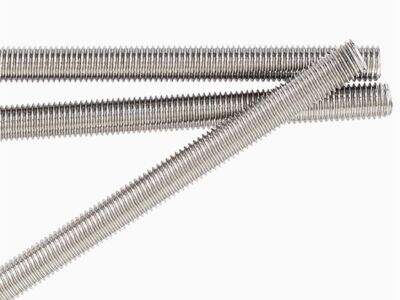Product development is an intricate process, where each step must be implemented meticulously to maintain the effectiveness of the entire system. You have read data model until Oct 2023. That's why companies like JQS must take extra care to check machines and details to avoid errors that lead to assembly line issues.
The Deceptive Risks of Flaws on the Assembly Line:
Mistakes may seem small initially, but they lead to larger issues on the assembly line. So, every step used in the process to create a product relies on certain rules in order to function. The chain reaction can also mess up everything in the factory if any of these rules are violated. For instance, a machine operates at various degrees, and if the temperature is set wrong, Screws machine will generate the bad product, and will incur delays and shutdown of production. This is why companies require very good quality checks to ensure that the errors are caught and fixed before they turn into disastrous problems.
How Self-Inspection Can Help:
A well-made product will be used for self-counteraction on the assembly line. Regular inspection means checking each Stud machine periodically to ensure its functioning properly Conducting self-inspections helps companies be proactive in identifying and rectifying problems before they become significant. Not only does this approach prevent costly downtime, but it also maintains product quality.
The Importance of Operating Machinery Effectively
In manufacturing, maintaining machines is extremely critical. The part of the Nut machine that actually performs work has to keep moving correctly, or the machine will report errors. Ensuring the machine runs at the appropriate speed helps prevent errors and keeps the production running smoothly. That is why companies like JQS work to keep their machines throughout the process running properly so that problems do not arise.
Using a Self-Inspection Flow Chart:
A self-inspection flowchart — a handy visual that lays out the assembly line inspection steps associated with each machine. Using the flowchart, workers will easily identify attached parts, the frequency of inspections, and reactors in the event of finding some kind of problem. This step-by-step process ensures that everything gets checked and nothing is overlooked. Companies with a self-inspection flowchart can prevent mistakes and maintain smooth assembly line operation.
The Real Reason One Little Mistake Led To A Big Problem:
However, an assembly line mistake the size of a speeding ticket can cause huge problems. If that is not adjusted correctly, there could be serious problems from a loose bolt, incorrect setting or not properly lined up part. To avoid these issues taking root, organizations should cultivate a culture of attention to detail. Ensuring every step in the process is accurate and consistent allows companies to safeguard their assembly lines and maximize output.

 EN
EN







































